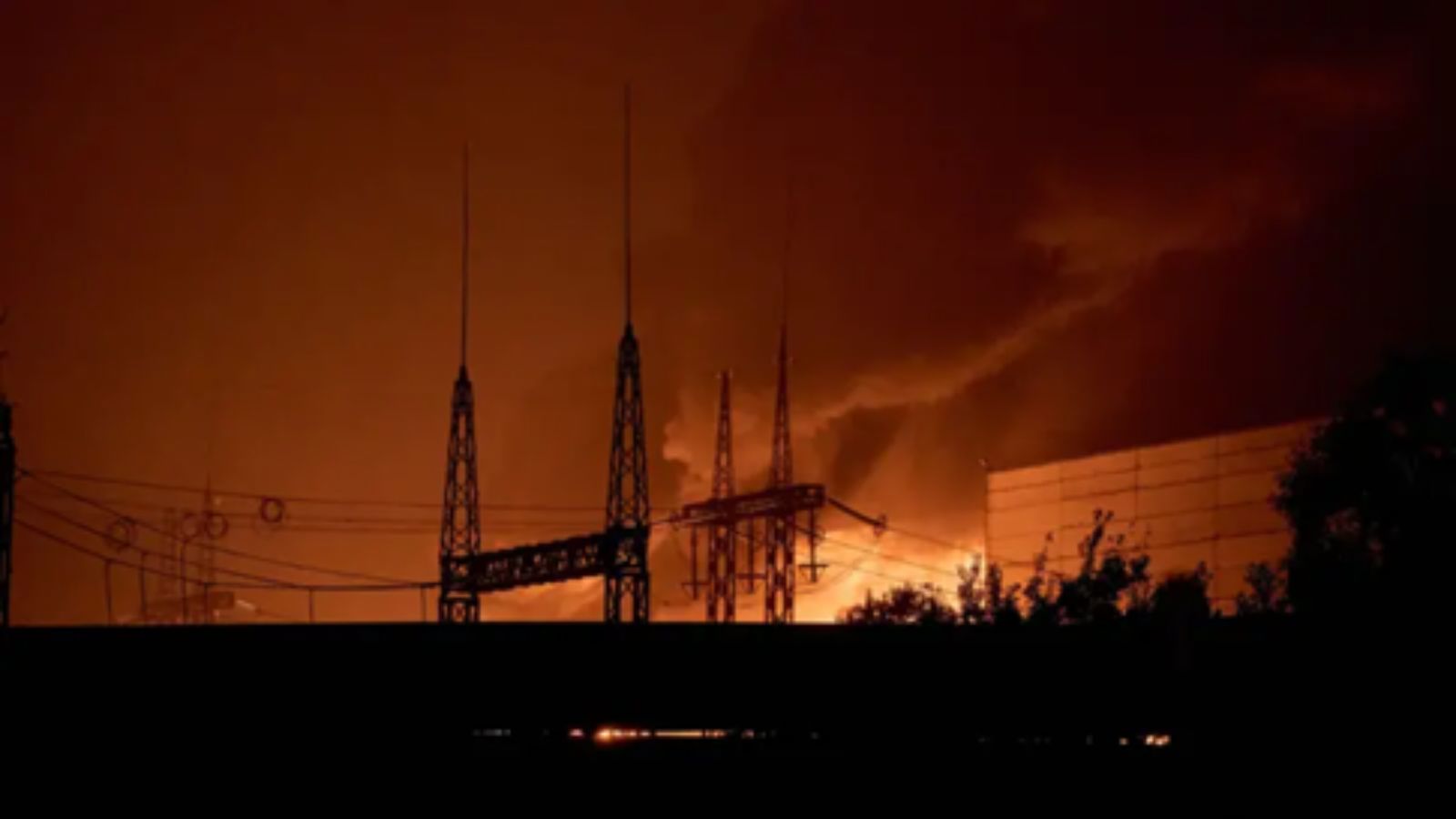Operational Context
A situational brief provides a concise, operationally relevant snapshot of evolving urban disruptions that impact mobility, infrastructure stability, and business continuity. In Kyiv, metro and power network reliability remain critical to urban function amid sustained conflict-driven infrastructure targeting. Energy assets have been repeatedly attacked since early 2022, resulting in cascading effects on public transport, utilities, and safety. The current event underscores the continuing vulnerability of essential urban systems to hybrid warfare tactics, requiring coordinated mitigation efforts and robust continuity planning by public and private entities alike.
Executive Summary
- Date of Event: 10 October 2025
- Location: Kyiv, Ukraine
- Risk Category: Travel Risks
- Severity Level: 4/5
- Confidence Score: 90%
Following an energy infrastructure attack on Friday, October 10, metro services on Kyiv’s left bank have been temporarily suspended, impacting thousands of commuters. The disruption coincides with widespread power outages across eastern districts, reportedly linked to damage at the TPP-6 thermal power plant. Historical patterns from similar Russian strikes indicate that such outages typically persist for 48–72 hours, with full normalization often taking up to a week. The cascading effects on urban mobility, business operations, and critical infrastructure are severe. While emergency restoration work is ongoing, sustained grid instability may delay recovery.
Current Updates
As of Friday evening, metro services on the left bank remain offline. Road congestion has increased sharply across Brovarsky Avenue, Paton Bridge, and Darnytskyi Bridge, the primary connectors between Kyiv’s two banks. Public buses and trams are operating under constrained schedules due to electricity shortages and route overcrowding. Local authorities confirm continuing restoration work at multiple energy substations. Civil defense sirens were briefly reported in the early hours, but no renewed strikes have been confirmed.
Known Hotspots and Sensitive Zones
Affected zones include Hydropark, Livoberezhna, Darnytsia, Chernihivska, and Lisova metro stations, all located on the left bank. TPP-6 and adjoining Desnyanskyi and Dniprovskyi districts remain highly sensitive, with prolonged power and water supply interruptions. Critical roads such as Peremohy Avenue and Metro Bridge experience persistent gridlock. Key government and emergency coordination facilities on the right bank remain operational through backup power.
Impact on Transportation and Services
The metro shutdown has effectively paralyzed cross-river travel, forcing commuters to rely on overcrowded road and bus routes. Taxi fares have surged dramatically amid high demand and limited availability. Businesses report reduced employee attendance and productivity. Power-dependent services including retail, healthcare, and financial transactions face intermittent interruptions. Internet connectivity is degraded in some neighborhoods due to backup generator limitations.
Recommendations
- Workforce Mobility and Safety: Implement immediate remote work protocols where feasible; provide alternate commute options such as pooled company transport or taxi reimbursements for critical personnel.
- Operational Resilience: Test and activate generator systems and UPS units to ensure business continuity during rolling blackouts.
- Communication: Disseminate verified updates through multi-channel alerts (SMS, internal dashboards, or secure messaging platforms) and maintain direct contact with local authorities.
- Emergency Readiness: Review evacuation and shelter-in-place protocols; ensure emergency supplies and medical kits are stocked at office sites.
- Continuity Planning: Evaluate interdependencies between facilities on different banks of the Dnieper and prepare for phased recovery operations once metro and grid stability are restored.
Multi-dimensional Impact
This disruption demonstrates the compounding risks of energy infrastructure targeting, where a single event triggers multi-sectoral impacts—from halted metro operations to water and IT service interruptions. Local businesses face reduced throughput and elevated costs due to generator reliance. Public morale remains resilient but strained, as residents face prolonged commutes, communication blackouts, and heating concerns. Environmental implications include localized fires and pollution from damaged power facilities. The incident reaffirms the strategic vulnerability of Kyiv’s left bank and the need for layered contingency systems.
Situation Outlook
It is highly likely that partial metro service will resume within the next 24–48 hours, contingent on grid stabilization. However, persistent blackouts or follow-on strikes could extend recovery beyond a week. There remains a moderate possibility that recurring attacks on energy nodes could hinder restoration efforts and cause further outages, affecting not only transport but also water and communications infrastructure. Overall, the situation remains critical but manageable with sustained contingency measures, continued monitoring, and proactive workforce and asset protection planning.
Emergency and Monitoring Channels
- Police: 102
- Fire Department: 101
- Ambulance: 103
- National Emergency: 112
Strategic Takeaway
Kyiv’s metro suspension underscores the far-reaching operational and humanitarian impact of sustained infrastructure attacks. While restoration is underway, businesses and residents must brace for recurring disruptions until grid reliability improves. Strategic focus should remain on energy independence, redundant communication networks, and crisis coordination frameworks to sustain critical operations.
Stay ahead of operational risks with real-time alerts, scenario modeling, and expert advisories with Datasurfr Predict. Start your 14-day free trial of Datasurfr’s Risk Intelligence Platform today.


